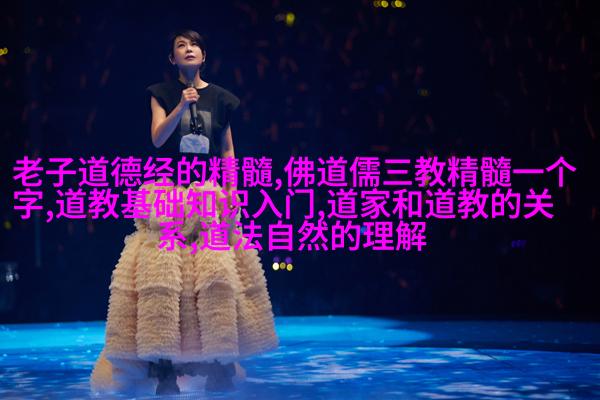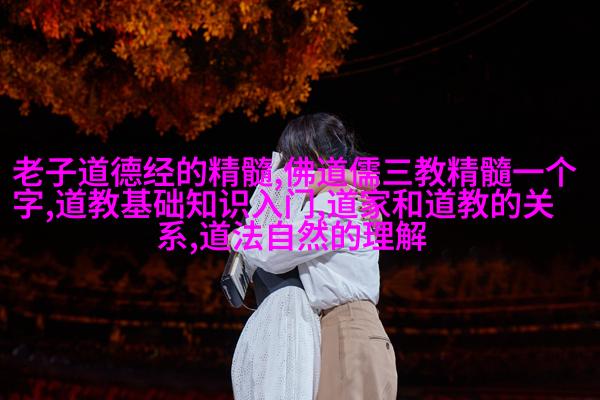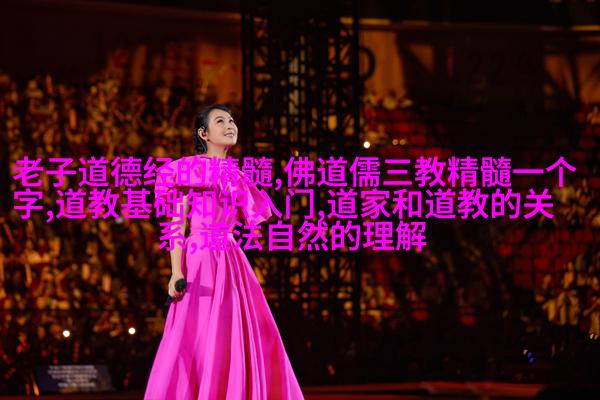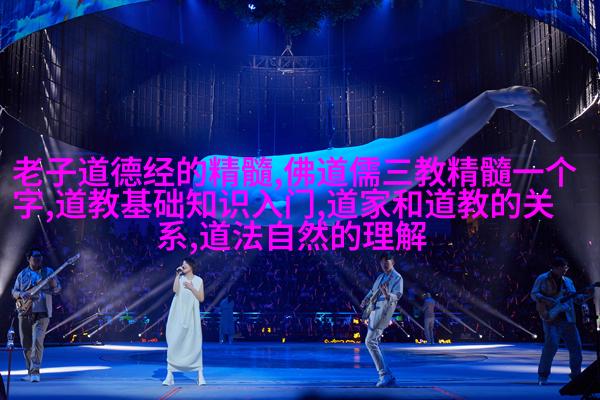Simplicity Meets Universality: The Essence of "Less is More" in English Translation

When it comes to conveying complex ideas or nuanced emotions across language barriers, the art of translation often finds itself at a crossroads. While accuracy and fidelity are essential, they can sometimes be overshadowed by verbosity and convoluted expressions. This is where the concept of "大道至简" (literally meaning "the great way is simplicity") comes into play.
The idea that less can indeed be more has been championed by some of the greatest minds in history. As Leonardo da Vinci once said, "Simplicity is the ultimate sophistication." Similarly, Steve Jobs famously believed that simple design was not only aesthetically pleasing but also more effective at communicating a message.

In the realm of translation, this philosophy translates to distilling complex ideas down to their most fundamental essence while still maintaining cultural relevance and nuance. It's about finding that perfect balance between clarity and elegance.
Take for instance the phrase "" which literally means "great wisdom lies in simplicity." A straightforward translation would be something like "wisdom resides in simplicity," but this doesn't quite capture the poetic essence of the original Chinese phrase. Instead, a more fitting translation could be "sagacity dwells in plainness."

Another example would be translating "" which means "to know without studying." In English, we might say something like "to possess innate knowledge," but again this misses out on capturing its subtle nuances. A better choice could be something like “to intuitively grasp.”
By adopting this approach to translation – one that values brevity over verbosity – we can create texts that are not only accurate but also beautiful and evocative.

This isn't just limited to translations from Chinese either; it's an approach applicable across all languages and cultures. By stripping away unnecessary complexity we reveal underlying truths hidden beneath layers of linguistic embellishments.
Of course there are risks involved with such an approach too; losing precision or context may result from simplifying certain phrases too much. But when done thoughtfully with consideration given to both form and content - as well as understanding local contexts - these risks diminish greatly.

Ultimately what matters most is creating works that resonate universally while still retaining their unique cultural identity – thus making them accessible beyond borders yet authentic within their own worlds.
As Mark Twain so aptly put it: “I don’t want any 'yes-men' around me I want everyone to tell me when I make mistakes! That’s how you find out who your real friends are.” And perhaps his words hold true for translators as well?
